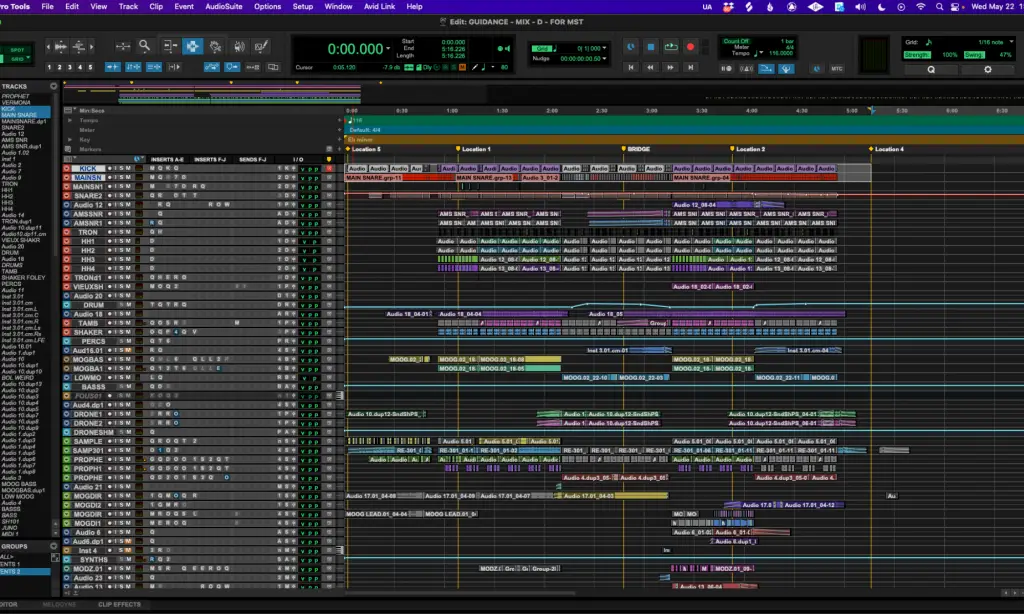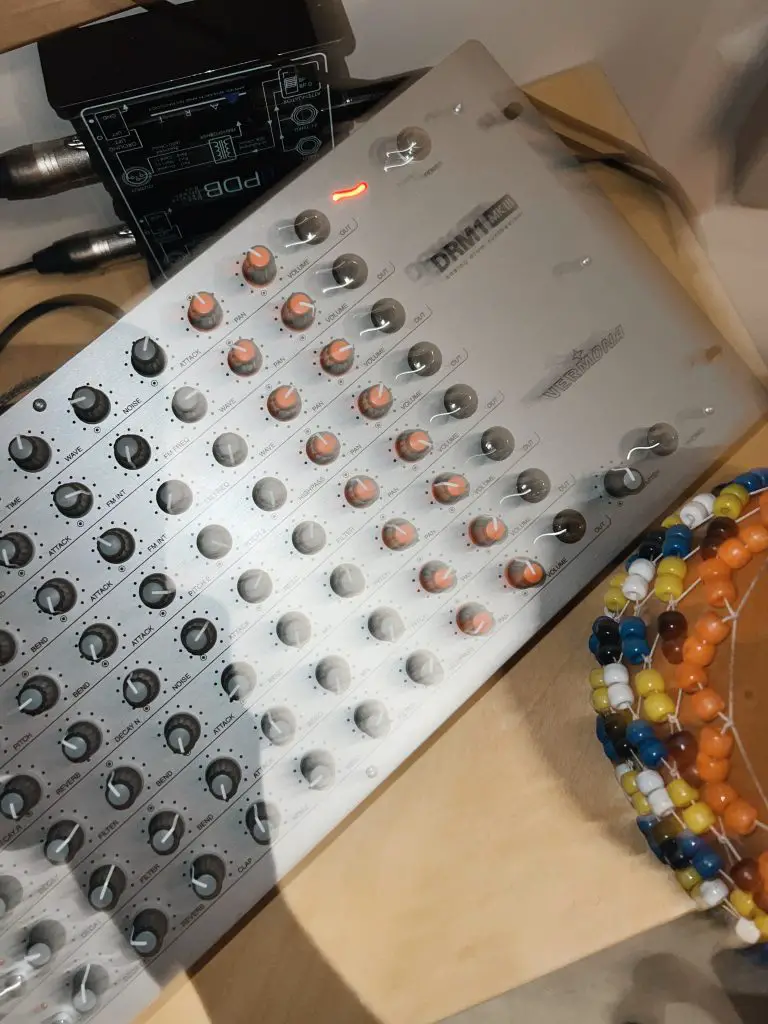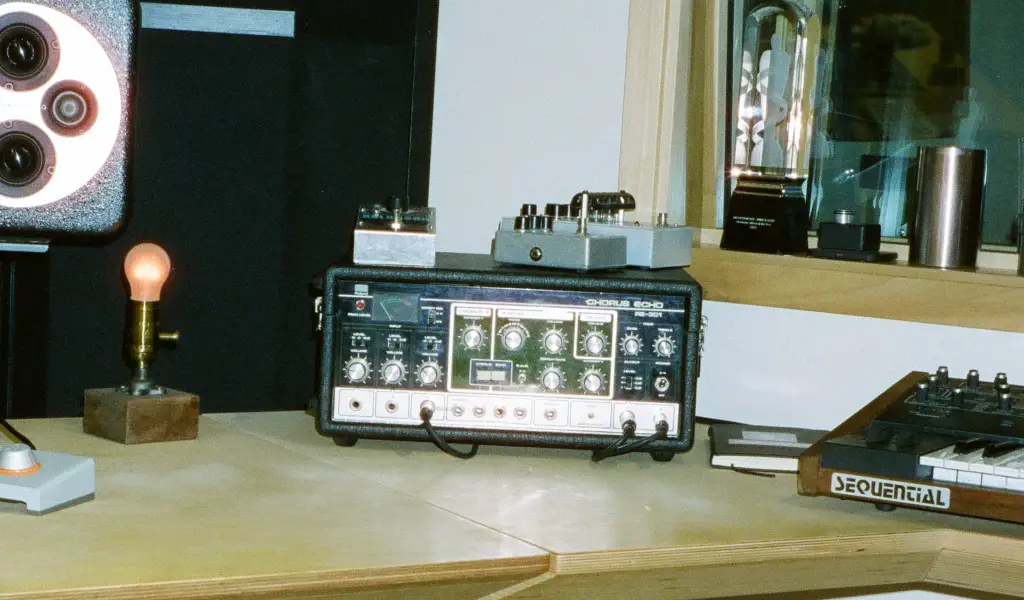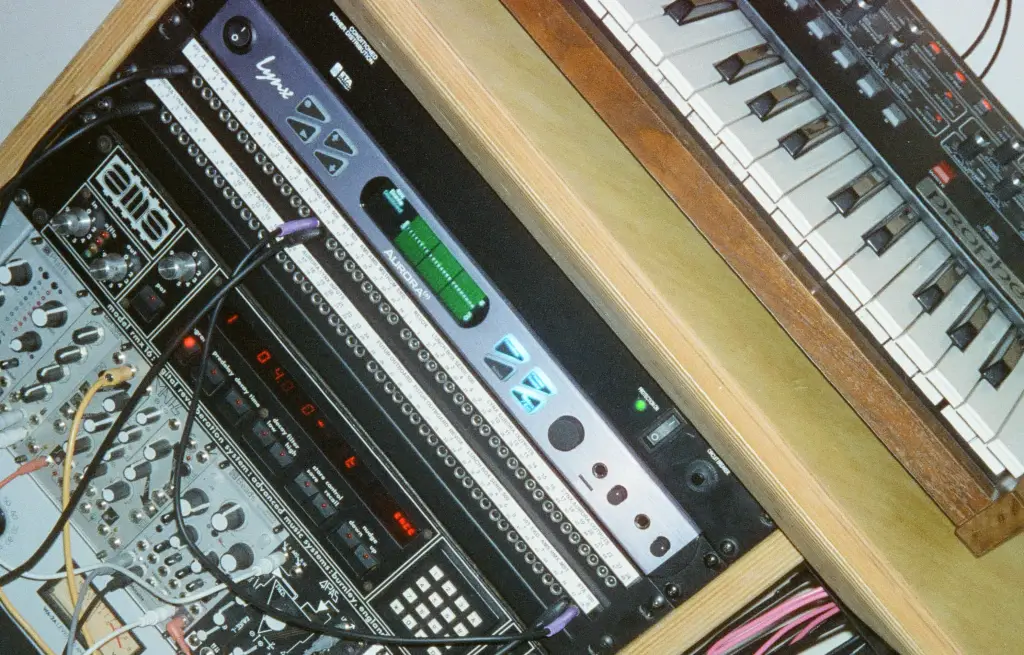Table of Contents
There is so much that goes into making a truly magical record that trying to pinpoint the one specific thing or quality in a song you love as the sole reason you love it so much is near impossible, but that should never stop one from trying! Whenever I hear a track or album I love, my producer’s brain starts analyzing every track layer, trying to see if it’s the melodies, the harmonies, the sounds, the synths, or whatever hooks me in.
One thing that I know for sure, though, is that I’m a true sucker for texture, as I think it’s the heart and intangible soul of the music, and if a track has great sonic texture, it’s a telltale sign that the producer and artist who made it put the required amount of TLC into the track.
Errance’s track, “Pente Douce,” taken from his latest album, is a masterclass in texture in a record. When I initially heard the tune, I jumped at the opportunity to pick his brain more about what’s going on in the track and the tools he used to create such a fantastic body of work. Unsurprisingly, this guy loves his outboard gear, so listen to the release below before we dive into how he makes such genuinely unique music.

VERMONA DRM 1

For Errance, I collected a sound bank with textures and sounds from the mountains and forests in the national park near my house. I created drum kits using these elements as percussive kicks and snares.
I used multiple vintage drum machines to complement these organic textures, from the Acetone to the Roland CR-5000, but most notably the VERMONA DRM 1 MK3.
What I like about this specific drum machine is that you can easily create unique tones and tweak them in real-time. I crafted a drum sequence with a touch of swing using my sequencer (Arturia Keystep Pro) and ran the patterns through the VERMONA to enhance the loops I made with these textures.
I could adjust the length of the hi-hats or the snare’s pitch in real-time, creating a lively and unique feel. Since the VERMONA has direct outs for each sound, you can easily route them to your DAW and process each sound separately by adding EQs, compressors, reverbs, etc. This makes it a versatile drum machine, significantly contributing to crafting my sound.
CHORUS ECHO RE-301

Another crucial part of Errance’s toolkit is the CHORUS ECHO RE-301. I run almost everything through this machine. It gives a lo-fi, distorted, warm flavor to any source. It features a chorus, a spring reverb, a tape echo, and a lo-fi looper that can change the pitch or create unique distorted effects.
I used it on every track; it’s the first sound you hear on the album. It helped me add depth to elements like winds, flutes, or synths and to create a unique bounce with the delay. Using the intensity knob and the rates, I crafted unique sweeps and rises. I also applied it to drums and organic textures to achieve a more lo-fi feel. You can also find this unit as a plugin version by Arturia or UAD. I recommend experimenting with automation to explore all the possibilities it offers.
SHAPER BOX

SHAPER BOX by Cableguys was also a valuable tool on the album. It helped me create the bounce I was looking for and tie together different elements such as winds, bass, and percussion.
While SHAPER BOX is a powerful plugin, I mainly focused on the volume and pan features to bring a tighter feel to real elements. This way, the percussions, drums, bass, and wind sections are tightly integrated, creating precise movement.
I recommend using this plugin to create original rhythmic patterns, play with sidechain effects, or automate filters to add more movement to your productions.
AMS REVERB RMX16

I also extensively used the AMS Reverb RMX16. It’s a legendary reverb from the 80s, known for its classic presets, such as the gated reverb, which adds instant character and depth to your sound. You can also use the halls and ambience presets for more airy, long digital reverbs.
I tried using it as an instrument on some tracks, sending drum buses through it to create blurry, airy transitions. By tweaking the gated reverb preset and adjusting the mix and decay time simultaneously, I achieved a unique and intriguing effect in the mix.
This unit is a reverb, but it offers much more. Its unique sound includes a subtle distortion, and the 16-bit quality adds a slight blur to the definition, which I love.
Quick Tips For Making IDM
**Tip #1**
I also used many types of granular reverb, such as Portal or SILO, to bring random placements to the ambiance I used in the backgrounds of some tracks.
**Tip #2**
For fat bass sounds, I used my Fidel MiniMoog Model D. It’s the purest synth for low-end, and you can easily add grit by rerouting the output through the input and using the overload knob. I also used the Roland Pro-Mars.
**Tip #3**
I used Pitch Map to tune a bird sound and create an instrument on “Renewal.” It’s a really powerful plugin to modify the harmonics and chord structure of a sound
**Tip #4**
I recorded many sounds with my phone in the forest, sometimes with a Zoom adapter and sometimes just my phone! This created a lot of organic percussive elements and ambience.
Always collect and get inspired!
The post How It Was Made: Errance – Pente Douce (Société Holographique de Montréal) appeared first on Magnetic Magazine.